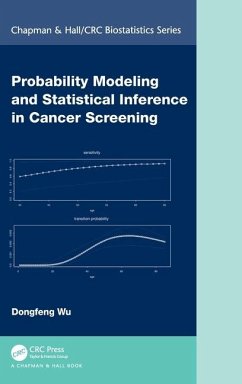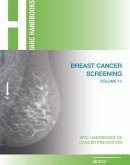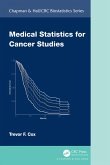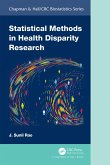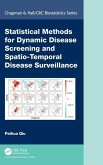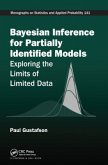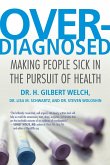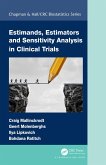Cancer screening has been carried out for six decades - however, there are many unsolved problems: how to estimate key parameters involved in screenings, such as sensitivity, the time duration in the preclinical state (i.e., sojourn time), and time duration in the disease-free state; how to estimate the distribution of lead time, the diagnosis time advanced by screening; how to evaluate the long-term outcomes of screening, including the probability of overdiagnosis among the screen-detected; when to schedule the first exam based on one's current age and risk tolerance; and when to schedule the upcoming exam based on one's screening history, age, and risk tolerance. These problems need proper probability models and statistical methods in order to be dealt with.
Features:
This book gives a concise account of the analysis of cancer screening data, using probability models and statistical methods.Real data sets are provided so that cancer researchers and statisticians can apply the methods in the learning process.It develops statistical methods in the commonly used disease progressive model.It provides solutions to practical problems and introduces open problems.It provides a framework for the most recent developments based on the author's research.
The book is primarily aimed at researchers and practitioners from biostatistics and cancer research. Readers should have the prerequisite knowledge of calculus, probability, and statistical inference. The book could be used as a one-semester textbook on the topic of cancer screening methodology for a graduate-level course.
Features:
This book gives a concise account of the analysis of cancer screening data, using probability models and statistical methods.Real data sets are provided so that cancer researchers and statisticians can apply the methods in the learning process.It develops statistical methods in the commonly used disease progressive model.It provides solutions to practical problems and introduces open problems.It provides a framework for the most recent developments based on the author's research.
The book is primarily aimed at researchers and practitioners from biostatistics and cancer research. Readers should have the prerequisite knowledge of calculus, probability, and statistical inference. The book could be used as a one-semester textbook on the topic of cancer screening methodology for a graduate-level course.
"This book describes statistical methods for analyzing cancer screening data, focusing on cancers that can be modeled as a progressive three-state process: cancer-free, preclinical (asymptomatic) cancer, and clinical (symptomatic) cancer. The goal is to estimate key parameters of interest to cancer screening programs, such as per-screen sensitivity for cancer, time spent cancer-free, sojourn time (i.e., time spent in the preclinical cancer state), lead time (i.e., the difference in cancer diagnosis time with vs. without screening), and the percentage of positive screens that are over-diagnosed. The material is presented for students engaged in a graduate-level statistics course on the topic, with the only prerequisite knowledge being calculus, probability, and introductory statistical inference."
~Li C. Cheung (26 Nov 2024), Journal of the American Statistical Association
~Li C. Cheung (26 Nov 2024), Journal of the American Statistical Association

